I want to dim an LED strip.
It's about 1.5m in total length and could work for prolonged time on a battery.
If it weren't for the battery limitation I would probably just put a resistor in series, but I'd like to make it as efficient as possible so I'm thinking of using PWM.
I've got a 5V uC. Strip is running off of 12V. I have a bunch of IRLZ44N transistors laying around which is probably overkill for this job but that's what I have so I'll just use it.
My question is in two parts:
In this famous greatscott video it is explained that switching higher loads causes oscillations that can't lead to anything good. Since I don't own an oscilloscope, how can I tell if my load/frequency are causing voltage spikes?
In this question's accepted answer, a comment states that current can rush back into the component driving the gate. How does that happen and does it mean that driving the gate from a uC pin is guaranteed to fry the uC, making a driver ic a requirement?

